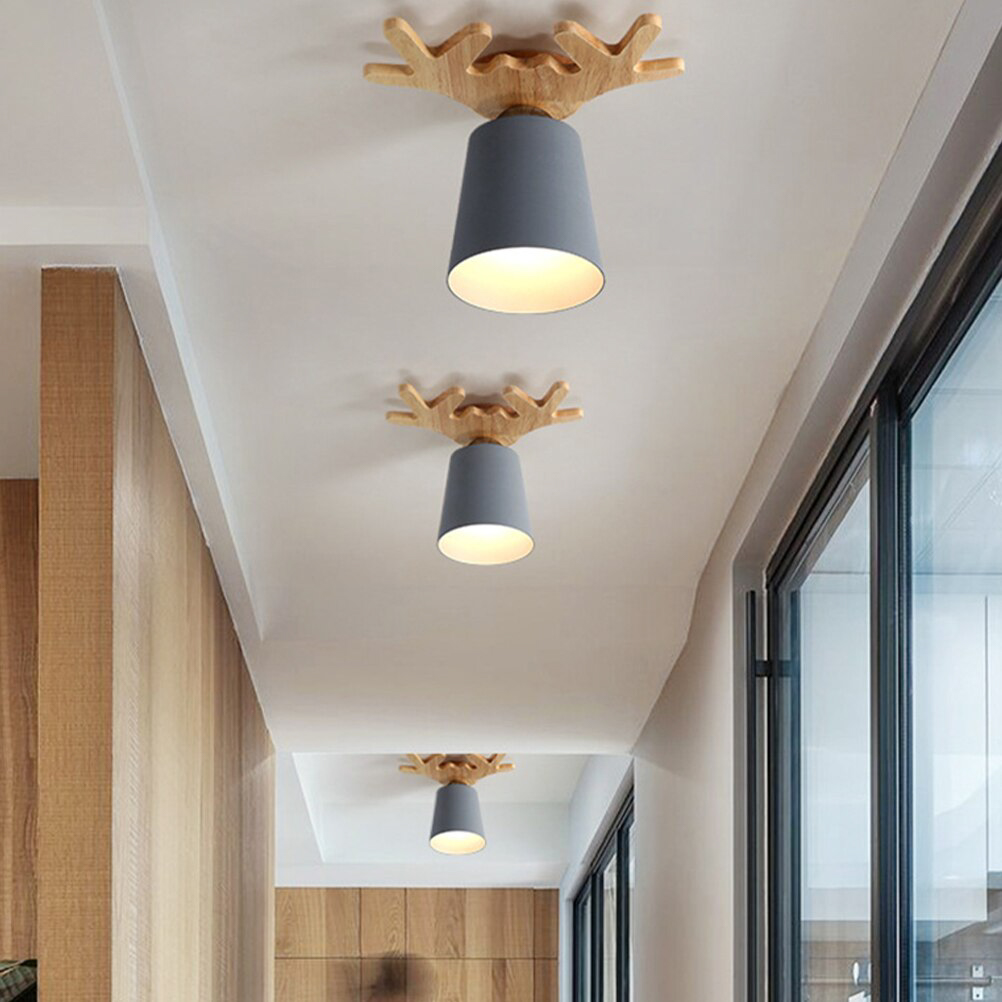
Exploring the Delicate and Ethereal Beauty of Light Texture
Introduction
Light texture refers to the way that light interacts with and affects the surface of materials. This interaction can create a wide range of captivating visual effects, from the shimmering of iridescent fabrics to the soft glow of frosted glass. In this article, we will delve deeper into the world of light texture, exploring the science behind these effects, the materials and techniques used to create them, and the ways in which they can be harnessed to produce stunning visual experiences.
The Science of Light Texture
At its core, light texture is the result of the interaction between light and the surface of a material. When light strikes an object, it can be absorbed, reflected, or refracted. Each of these processes can produce different visual effects depending on the properties of the material and the angle and intensity of the light.
For example, iridescence is created when light is refracted by a material with varying layers of thickness. This causes the different wavelengths of light to interact in different ways, producing the characteristic shimmering and color-changing effects. Other textures, such as matte or glossy surfaces, are created by changes in the way that light reflects off a surface. Matte surfaces scatter light in many directions, creating a diffuse, low-intensity glow, while glossy surfaces reflect light in a more concentrated and directional manner, creating a high-intensity shine.
Materials and Techniques
To create different light textures, a wide range of materials and techniques can be employed. For example, textiles can be woven or printed with metallic or other reflective materials to create iridescence or other shimmering effects. Glass can be etched or frosted to create a soft, diffused glow. Metal can be polished to a high gloss or brushed to create a matte, textured surface. Each of these approaches requires a different set of skills and tools, and can produce very different results depending on the desired effect.
Textiles
When it comes to creating light texture in textiles, a variety of materials and techniques can be used. Metallic or reflective fibers can be woven into fabric, creating a surface that shimmers or changes color in response to light. This can be particularly effective in fabrics with complex weaves or patterns, where the reflective material can interact with light in different ways depending on the angle and location of the viewer.
Another technique is digital printing, which can be used to reproduce complex textures or imagery on fabric, including iridescence and other intricate patterns. This can be particularly effective in creating unique and personalized designs that can be easily reproduced.
Glass
Glass is another material that can be used to create a wide range of light textures, from the soft, diffused glow of frosted glass to the intricate, shimmering patterns of stained glass. One common technique for creating light texture in glass is etching, which involves using acid or other chemicals to create a frosted surface that scatters light in many directions. Another technique is sandblasting, which uses a high-pressure stream of sand to create a textured or patterned surface on glass.
Metal
Metal can also be used to create a range of light textures, from the high-gloss shine of polished surfaces to the rough, matte texture of brushed or hammered metals. Each of these approaches requires a different set of tools and techniques, but can produce stunning results when used appropriately.
Applications of Light Texture
Light texture can be used in a wide range of applications, from fashion and textiles to architecture and interior design. In fashion, light textures can be used to create unique and eye-catching designs, highlighting the form and movement of the human body. In architecture, light textures can be used to create dynamic and inviting spaces, enhancing the flow of light and air through a building. And in interior design, light textures can be used to create visual interest and depth, adding character and texture to a room.
Fashion
In fashion, light textures can be used in a variety of ways to create unique and engaging designs. For example, iridescent fabrics can be used to create shimmering dresses or jackets, enhancing the movement and flow of the garment. Textured fabrics, such as those created by creating complex weaves or printing complex patterns, can also add visual interest and depth to garments, highlighting the form and structure of the design.
Architecture
In architecture, light textures can be used to create dynamic and inviting spaces that highlight the movement of light and air. For example, stained glass windows can be used to create a warm and inviting atmosphere in a church or other religious space, while smooth, polished surfaces can be used to create a sleek and modern look in a commercial building.
Interior Design
In interior design, light textures can be used to add character and depth to a room. For example, frosted glass partitions can be used to create a sense of privacy while still allowing light to flow through a space. Textured wall coverings, such as those created by using a variety of materials or patterns, can also add visual interest and depth to a room, enhancing the overall feel and ambiance.



